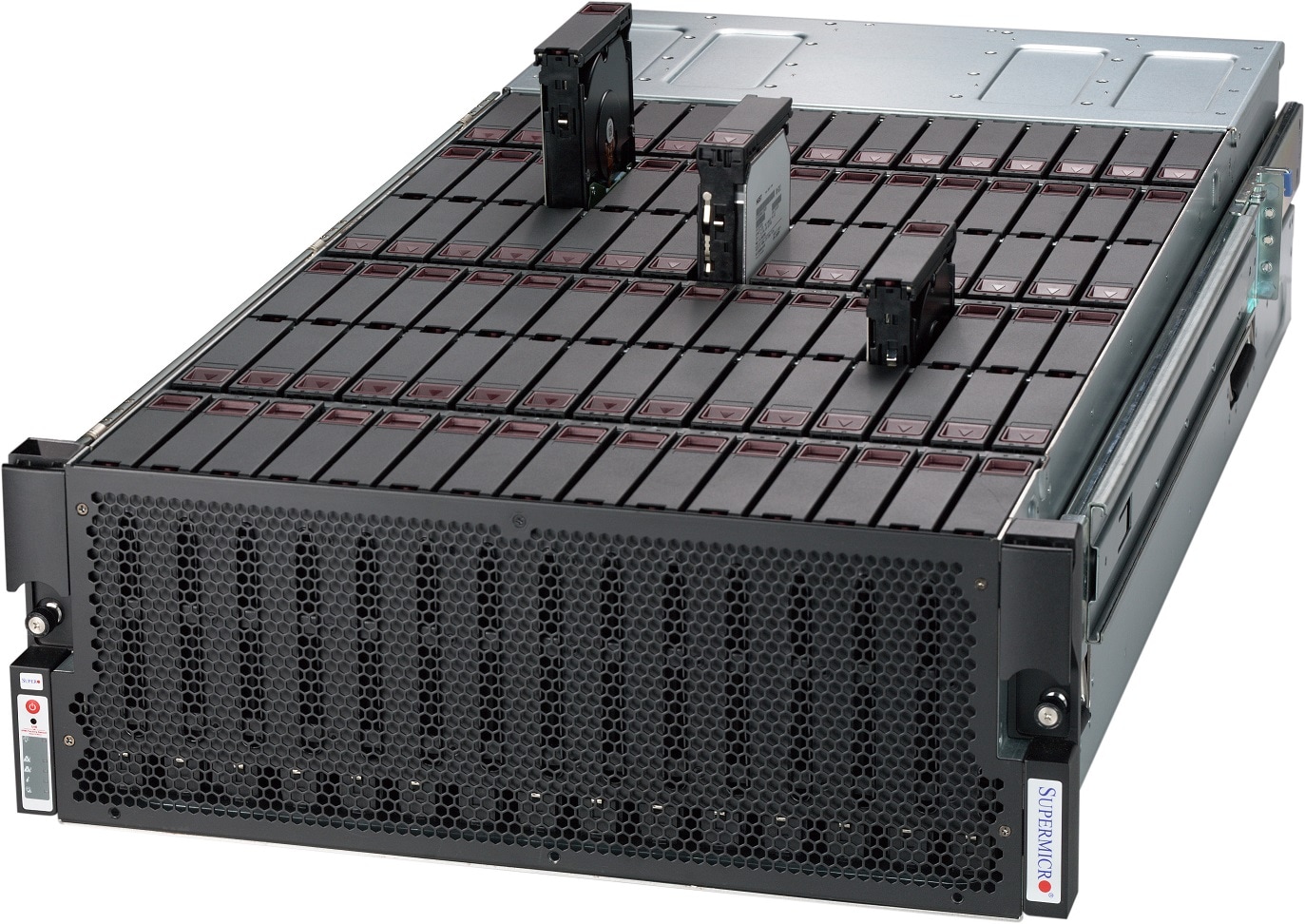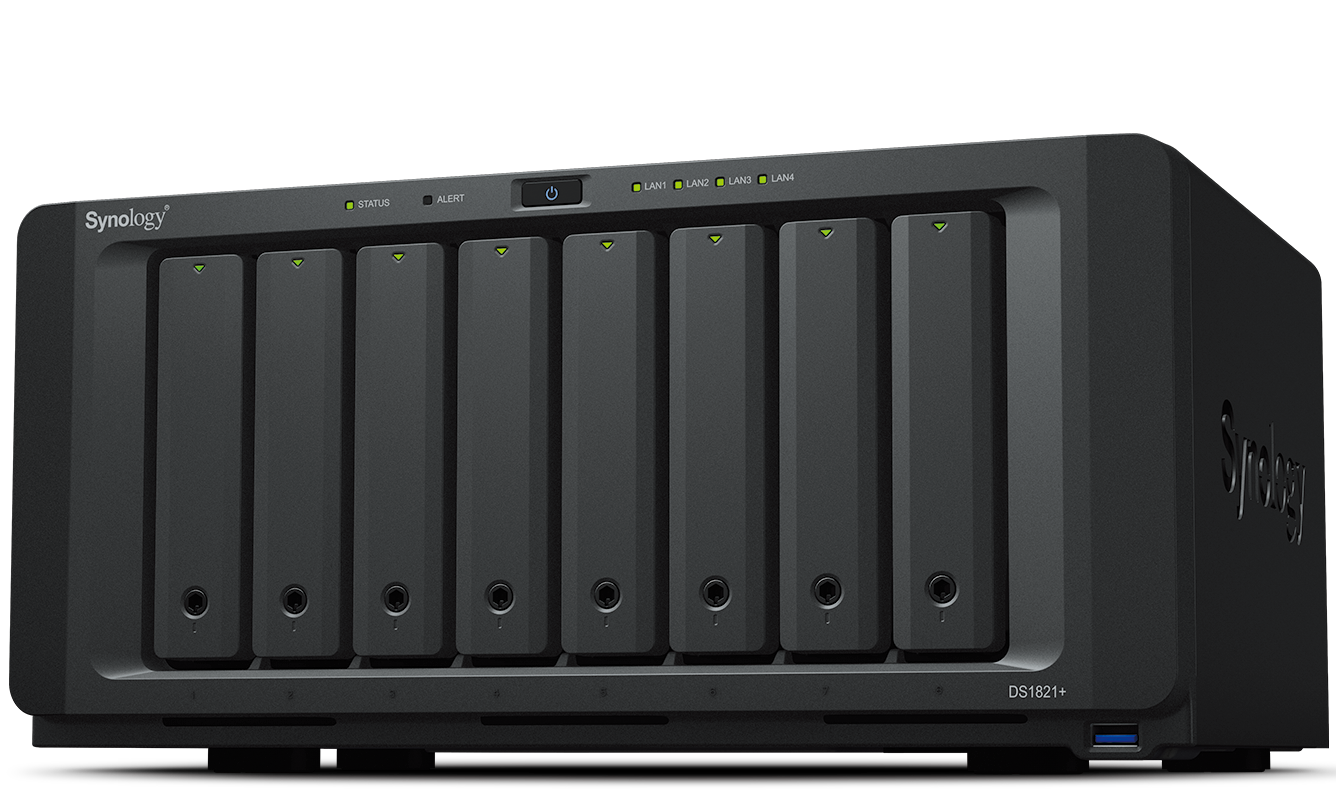-
Notifications
You must be signed in to change notification settings - Fork 2k
Reference Farming Hardware
The farming process is very lightweight and can be run with minimal CPU and DRAM resources. The goal of a good farming platform is to have the maximum amount of capacity in the least amount of space, using as little power as possible. In other words, the priority for a farming platform, independent of obtaining storage for the lowest cost possible, is to have the highest amount of TB/W in a small space.
Building your own rig as illustrated below requires solid IT skills and knowledge of how to safely handle electrical components. In some places these builds are not lawful without being a licensed electrician. Replicate at your own risk!
There are many unique DIY builds in the farming hardware channel that find unique uses for repurposing existing hardware to mount drives. Here a build from early community user that houses 32 drives farming off a RockPi4 and Sabrent USB hubs for an average power consumption of 260W & 4.3kWh per day - easily making it one of the most power-efficient farms built so far!
Parts list (pricing changes constantly):
- 1x MEAN WELL RSP-500-12 DC Power Supply 500W/12V/42A, $85
- 1x Replacement Power Cable, 3 Pin Connector, $4
- 2x Sabrent 16-Port USB 3.0 Data HUB, $69
- 1x SMAKN 4 USB Car Charger Power Supply Step Down Module DC 9-40V to 5V 6A, $10
- 0.1x 8 AWG Copper Wire, $34
- 2x Single Shelf Upright, $8
- a handful of metal screws and nuts
- 1x Rock Pi 4A 4GB, $65
- 1x Aluminum Heat Sink for Rock Pi 4, approx. $8 (May 2020)
(approx. $179.02 US for 2 Rock PI 4 & matching heat sink tax/shipping included) Total: ~ $350 US (hard drives not included : -)
(approx. 240W for 16x 3T HDD + 16x 10-16T HDD, less than 1W per TB, can be much improved when 3T HDD are replaced with larger drives)


With the new consensus plots are probed very regularly. No issue for the RockPi4 to keep up with.
Plots with proofs for submission are found on a regular basis with over 2250x K32, providing the proof still no more than one second, with currently 22 PiB of total netspace.
A desktop in a full tower can house between 12-16 drives. This is a great setup for small farmers as desktops are the easiest to build and manage for PC enthusiasts. A full tower case that houses many drives can be found from many different vendors at a low cost. Typical desktop motherboards contain between 6-10 SATA ports, so expanding past that will also require a SAS HBA. Pros – cheap, easy to configure and customize Cons – need to build yourself and source
Obsidian Series™ 750D Full Tower ATX Case

A desktop board can be put into an easily obtainable Rosewill 4U Server Chassis Case. This case features up to 16 drives and 7 fans included, and just needs a standard desktop PSU to get going.
A JBOD, or “Just a bunch of disks” is a device dedicated to housing a large number of hard disk drives, and does not contain any integrated compute resources. A JBOD is typically made up of an enclosure, enclosure slots that identify each drive individually, a SAS expander and backplane, fans, and power supplies. All the disks in a JBOD can be accessed by a single SAS cable connected to a host server or desktop through a HBA (host bus adapter) which converts a PCIe slot to SAS.
Mainstream JBOD – 45 disks in 4U chassis. Referred to in the farming channel as the SM45, this can be found on eBay for $300-400 making it very cost-efficient for medium to large size farms Supermicro SuperChassis 847E16-RJBOD1
Recommended HBAs to attach to host - LSI 9200-8e (ebay), 9200-16e (ebay) along with SFF-8088 to SFF-8088 1M External SAS Cable, or 9300 (ebay) or 9400-8e (ebay) with SAS SFF-8644 to SFF-8088 cable
High drive count – 90 disks in 4U chassis. highest density on the market, but typically goes for $1200-2000 used. Supermicro SuperChassis 946ED-R2KJBOD

Pros High number of slots. Fully integrated power supplies and fans. Uses SAS enclosure management to identify slots in software and identify a failed device with an LED locate function. Can use SAS or SATA drives.
Cons Fans can be loud. Heavy. Requires data center rack to be mounted correctly.
A NAS, or networked attached storage, is a device dedicated to having hard drives included in a backplane and a lightweight CPU and DRAM. NAS serves storage through the network (as opposed to DAS, or direct-attached storage)

Pros – high number of drives in small space, extremely power efficient
Cons – expensive compared to other options, plugin required for farmer or harvester (not complete yet), typically setup with redundancy for data protection which is not required for farming. SATA drives only (which is fine for most)
Chia Network - Green money for a digital world.
- Home
- Beginners Guide
- Install instructions
- Quick Start Guide
- FAQ - Frequently Asked Questions
- Pooling FAQ
- Pooling User Guide
- Chia Project FAQ
- Plotting Basics
- Alternate Plotters
- Plot Sizes (k-sizes)
- CLI Commands Reference
- Windows Tips & Tricks
- How to Check if Everything is Working (or Not)
- SSD Endurance - Info on SSD's and plotting
- Reference Plotting Hardware
- Reference Farming Hardware
- Farming on Many Machines
- Good Security Practices on Many Machines
- Chialisp Documentation (Official)
- How to Connect to Testnet
- Timelords and Cluster Timelords
- Release Notes
- RPC Interfaces
- Resolve Sync Issues - Port 8444
